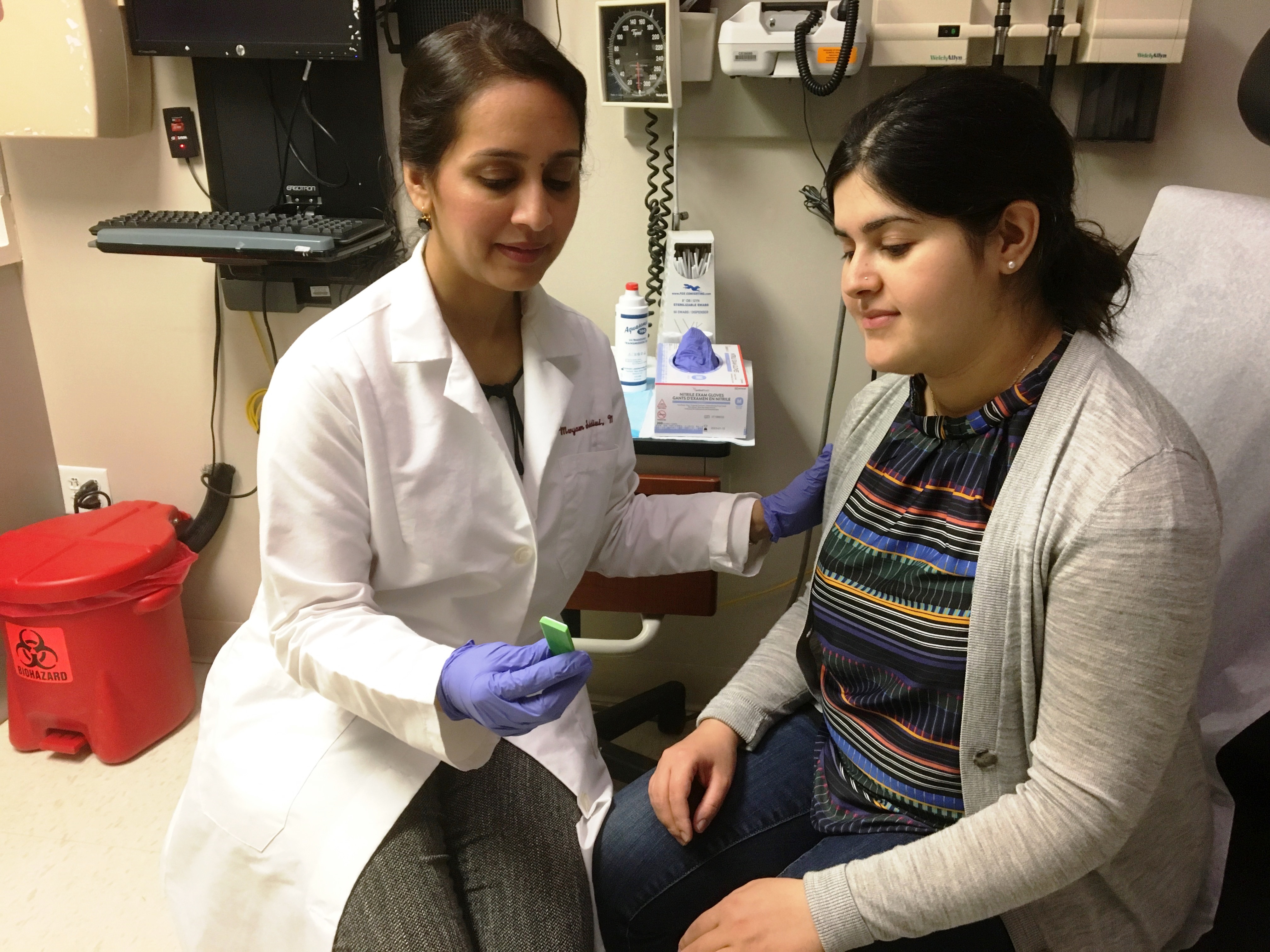New finger-prick test 100% sensitive, specific for toxoplasmosis
An inexpensive finger-prick test for toxoplasmosis in pregnant women has demonstrated 100% sensitivity and specificity, according to research published in PLoS Neglected Tropical Diseases. The test, according to researchers, costs only $4 to $5.
Researchers wrote that infection with Toxoplasma gondii is a significant contributor to global morbidity and mortality. The potential effects of congenital toxoplasmosis include chorioretinitis, hydrocephalus, epilepsy and death. Although serologic screening in pregnant women can allow for quick treatment and prevention of these negative outcomes, tests can be expensive.
“The test is exceptionally accurate,” Rima McLeod, MD, FACP, FIDSA, professor and medical director of the Toxoplasmosis Center at the University of Chicago Medicine, told Infectious Diseases in Children. “It fulfills all the WHO criteria for an ideal point-of-care test. These are affordable, sensitive, specific, user-friendly, rapid, robust, equipment-free and deliverable to users.”
McLeod and colleagues collected samples from seropositive women residing in the United States, as well as obstetrical patients located in Chicago and Morocco. Those who were not aware of their infection status had venipuncture performed.

Using whole blood samples taken via finger prick, the researchers evaluated the performance of the Toxoplasma ICT IgE-IgM-BK (LDBIO) point-of-care test, which provided results in 20 to 30 minutes, they said.
Of the 205 people who gave 244 samples, 101 were seropositive. Five of the individuals tested had acute infections with IgM, IgG or both antibodies against T. gondii. The finger-prick test, according to the researchers, demonstrated 100% sensitivity (95% CI, 96.41%-100%) and 100% specificity (95% CI, 97.45%-100%) compared with serum-variant testing.
McLeod and colleagues wrote that all participants agreed to a second finger stick, although they were told that they could deny repeating the process. No significant discomfort was reported, and all participants — including physicians — “enthusiastically” agreed to a monthly gestational screening program using the test.
McLeod said that a paper cut is more painful than the finger prick associated with taking this test.
“If it is possible to have this test approved by the FDA and under the Clinical Laboratory Improvement Amendments, and for those to be knowledgeable about and skilled in its use, it has the potential to help eliminate this severe disease and help to substantially reduce the number of infected babies,” she said. – by Katherine Bortz
Disclosures: McLeod worked on a literature review for Sanofi Pasteur. All other authors report no relevant financial disclosures.
